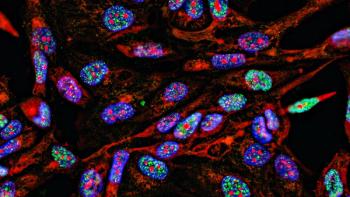
Scientists Discover RNA Interference in Budding Yeast
Vaccine makers and other pharmaceutical manufacturers using yeast protein-expression systems are taking note of a discovery this week by a team of researchers who have found RNA interference in Saccharomyces castellii.
Vaccine makers and other pharmaceutical manufacturers using yeast protein-expression systems are taking note of a discovery this week by a team of researchers who have found RNA interference in Saccharomyces castellii. S. castellii is closely related to S. cerevisiae, a eukaryotic model organism used in pharmaceutical production (1).
“For a long time, people thought that budding yeast didn’t have RNAi at all because S. cerevisiae, which is the model budding yeast, doesn’t have RNAi,” said Kathleen Xie, an undergraduate researcher in the laboratory of David Bartel, a professor at the Department of Biology at Massachusetts Institute of Technology (MIT, Cambridge), in a
The researchers hope that the discovery will lead to a greater understanding of the RNAi pathway, which is used by plants and animals to silence genes of viruses and transposons. Scientists also hope the finding will lead to more information about other yeasts such as Candida albicans, a common human pathogen. Yeast expression systems offer several advantages in pharmaceutical production: their genomes are easy to manipulate, they grow quickly under controlled environments, and they have functions and biochemical pathways in common with human cells.
Reference
1. B. Huang et al., “Heterologous Production of Secondary Metabolites as Pharmaceuticals in Saccharomyces cerevisiae,” Biotechnol. Lett.30 (7), 1121-1137 (2008).
Newsletter
Get the essential updates shaping the future of pharma manufacturing and compliance—subscribe today to Pharmaceutical Technology and never miss a breakthrough.





